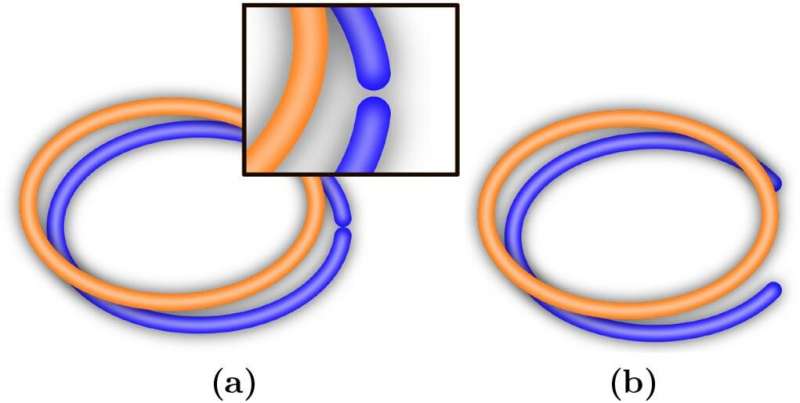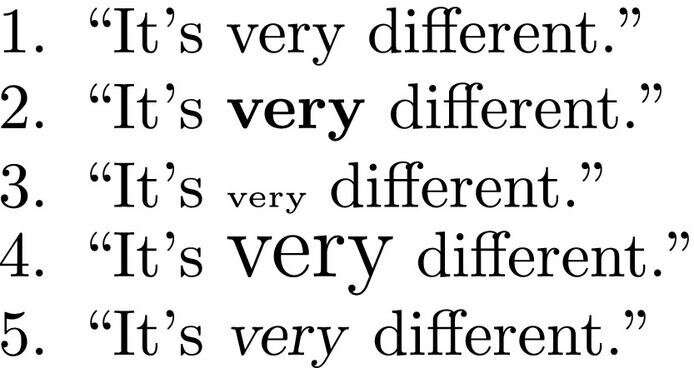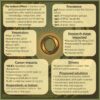Researchers in EPFL’s College of Humanities have used machine learning to reveal how humans bridge the often-significant gaps between signal and meaning in communication.
Robert Lieck and Martin Rohrmeier of the Digital and Cognitive Musicology Laboratory (DCML) used machine learning and artificial intelligence to explore the alignments and misalignments between signals—such as words and gestures—and meaning in communication. Their findings have recently been published in Cognition, a journal of cognitive science.
Lieck, a postdoctoral researcher and lead author on the paper, explains that the DCML’s research addresses a fundamental conundrum of communication and the evolution of meaning in language.
“The problem is that words are rigid and can only ever point to a single idea, whereas feelings, colors, etc. are continuous and gradual in nature. Essentially, this means that in between any two words, there are infinite meanings that words alone cannot capture.”
Humans are of course capable of expressing such ‘fuzzy’ meanings precisely; for instance, through tone of voice or gestures. So why did we even start breaking up continuous meanings to squeeze them into discrete words?
Communication as a game
Lieck and Rohrmeier sought to answer this question empirically using computational methods to simulate the evolution of communication as a game. In their machine learning simulation, two virtual agents exchanged and interpreted signals, and used feedback from their environment to improve their communication strategies.

Topological mismatch between form space (orange) and meaning space (blue). (a): Misunderstandings occur because the boundaries of meaning space are mapped close to the same point in form space (inset). (b): A gap in form space avoids misunderstandings. © Lieck et al 2021
The researchers uncovered three key findings. First, the virtual agents developed distinct signals, or ‘words’ for the structural components of their environment. However, they also had continuous ways of communicating finer gradations within each of those components—analogous to different pronunciations of the same word.
Second, even in cases where fully continuous communication was possible, the agents could not always find an optimal match, and sometimes created mosaics of different signal fragments to express all meanings.
Finally, the researchers found that in cases where signals and meanings are continuous but have different logical shapes (e.g., if signals follow a circular shape and meanings a linear one), very different meanings may be mapped onto very similar signals, thus forcing the agents to leave gaps between those signals to avoid misunderstandings.
From animals to Zoom
These findings have wide-ranging implications not only for understanding human language, but other communication systems as well, including animal communication and music.
“Our research helps to better understand how maps of meaning evolve in various forms of communication, and how they can be used to express ideas about a complex world,” says Rohrmeier.
Lieck adds that the work offers a unified analysis of both the discrete, structural aspects of language and the continuous, gradual ones: “We show that these really are two sides of the same coin, and one cannot be understood without the other.”
The study also highlights the fundamental structural role played by non-verbal communication, which has particular relevance amidst a pandemic: as we contemplate the future of video-conferencing in education and work, we are often faced with less-than-optimal conditions with respect to non-verbal communication, but we also develop new ways of expressing ourselves as communication continues to evolve.
More information:
Robert Lieck et al, Discretisation and continuity: The emergence of symbols in communication, Cognition (2021). DOI: 10.1016/j.cognition.2021.104787
Provided by
Ecole Polytechnique Federale de Lausanne
Citation:
How words acquire their meaning (2021, November 3)



